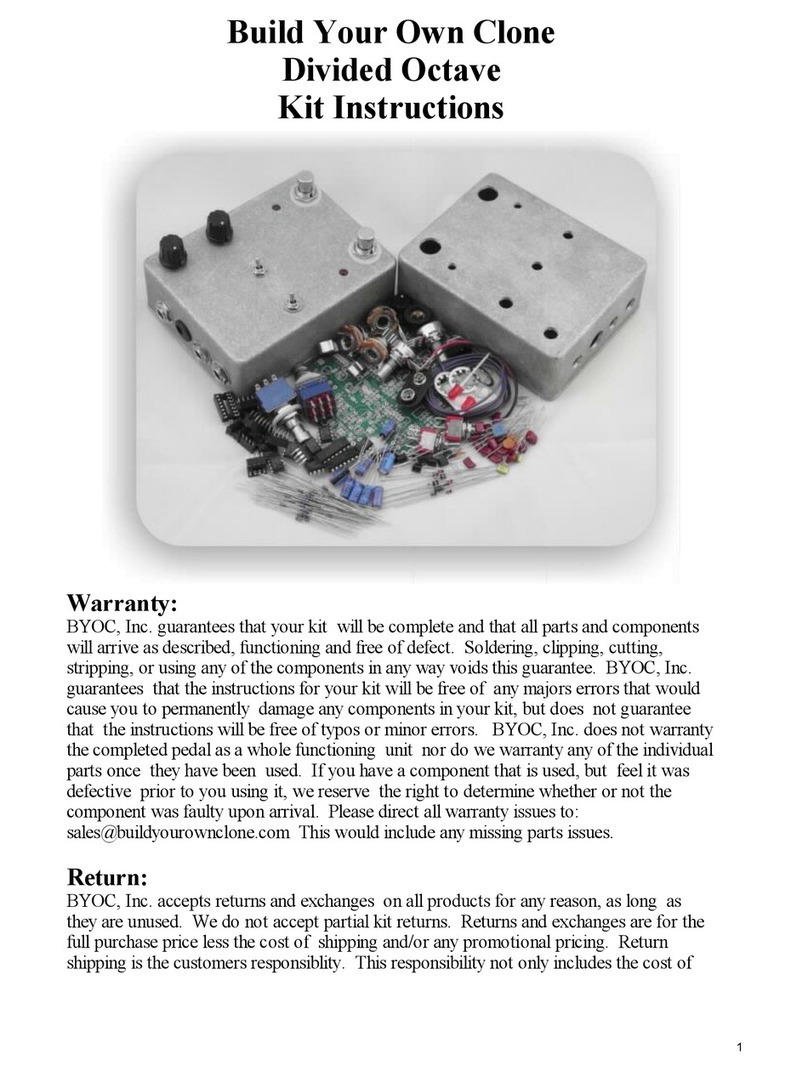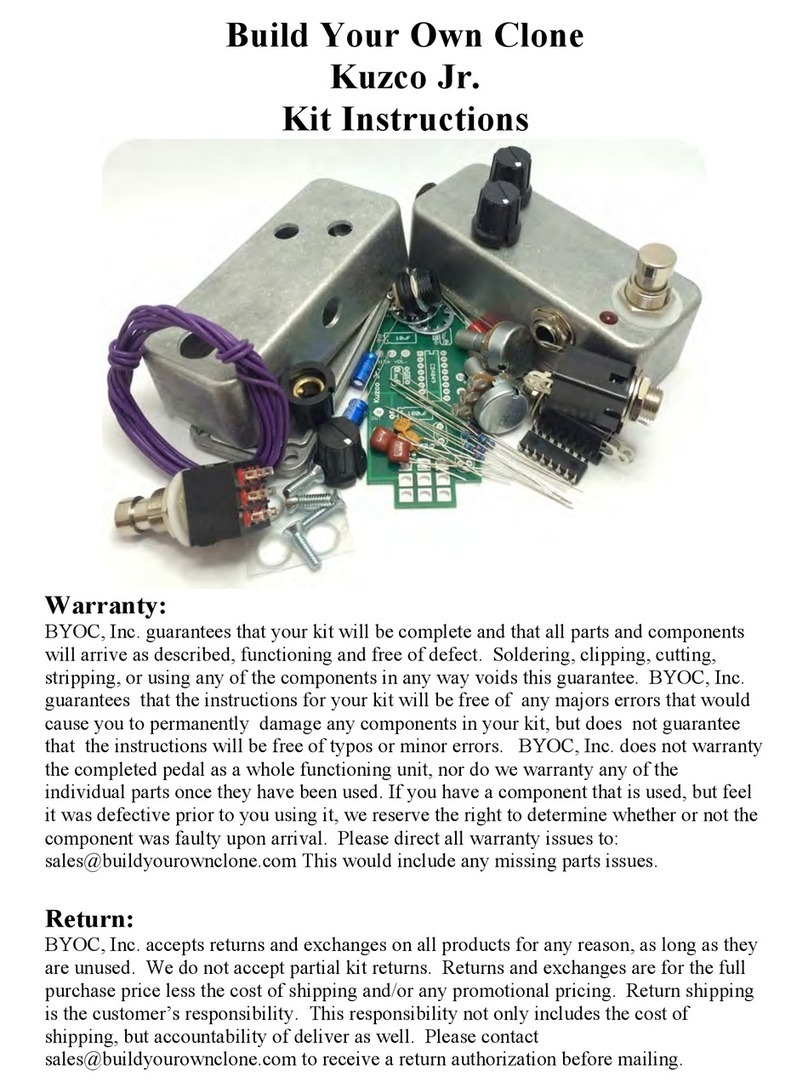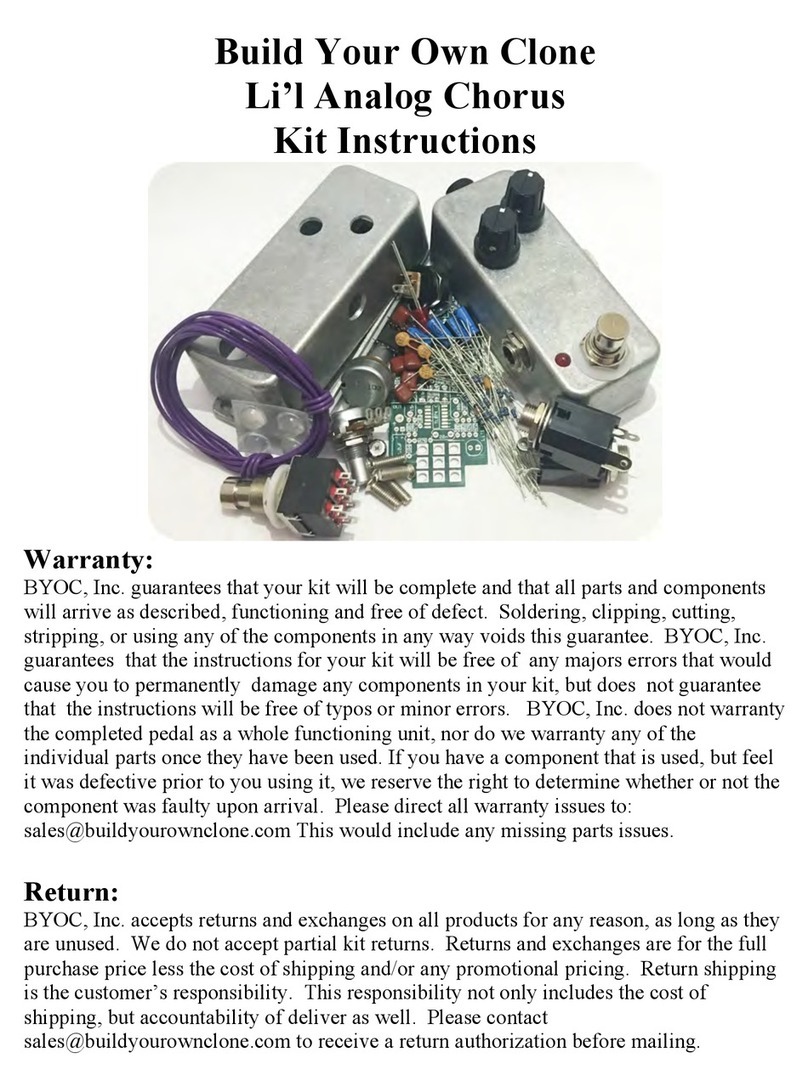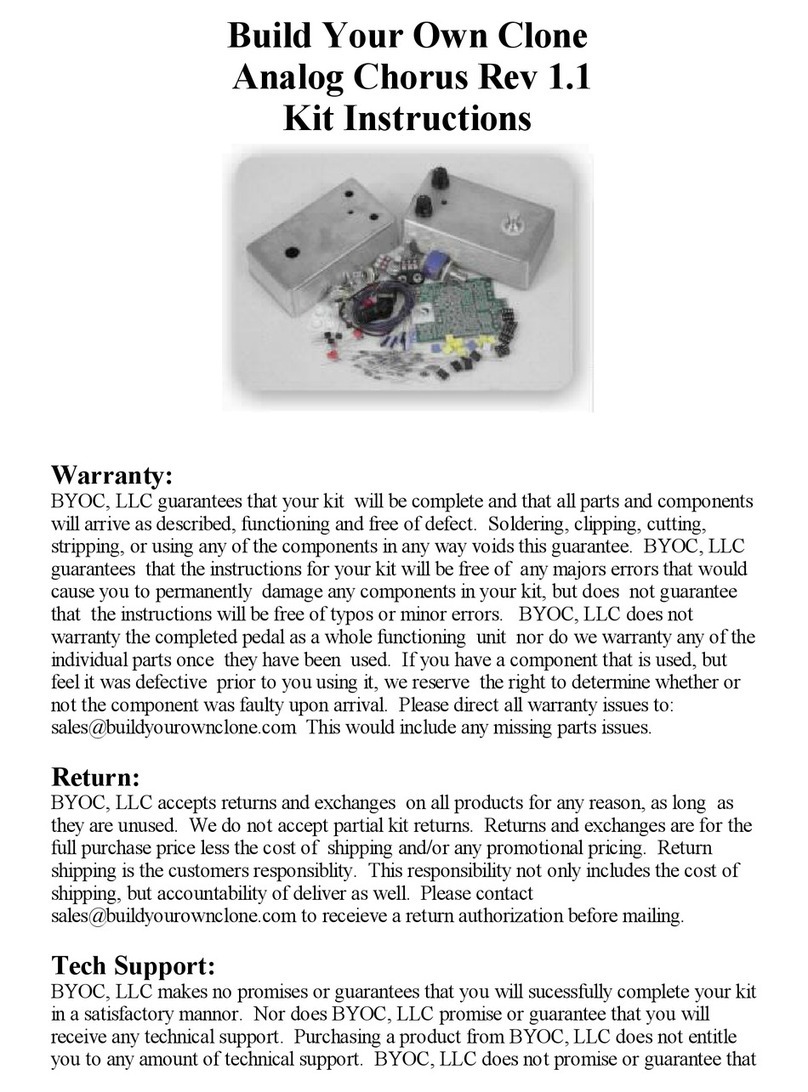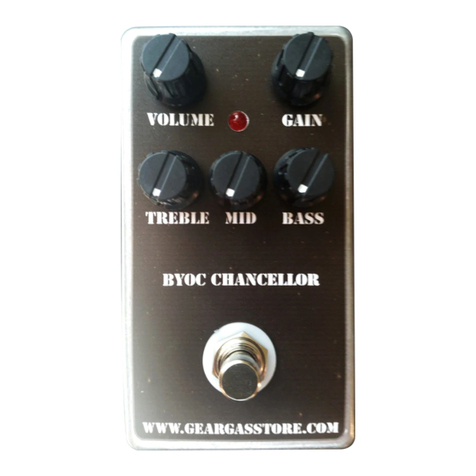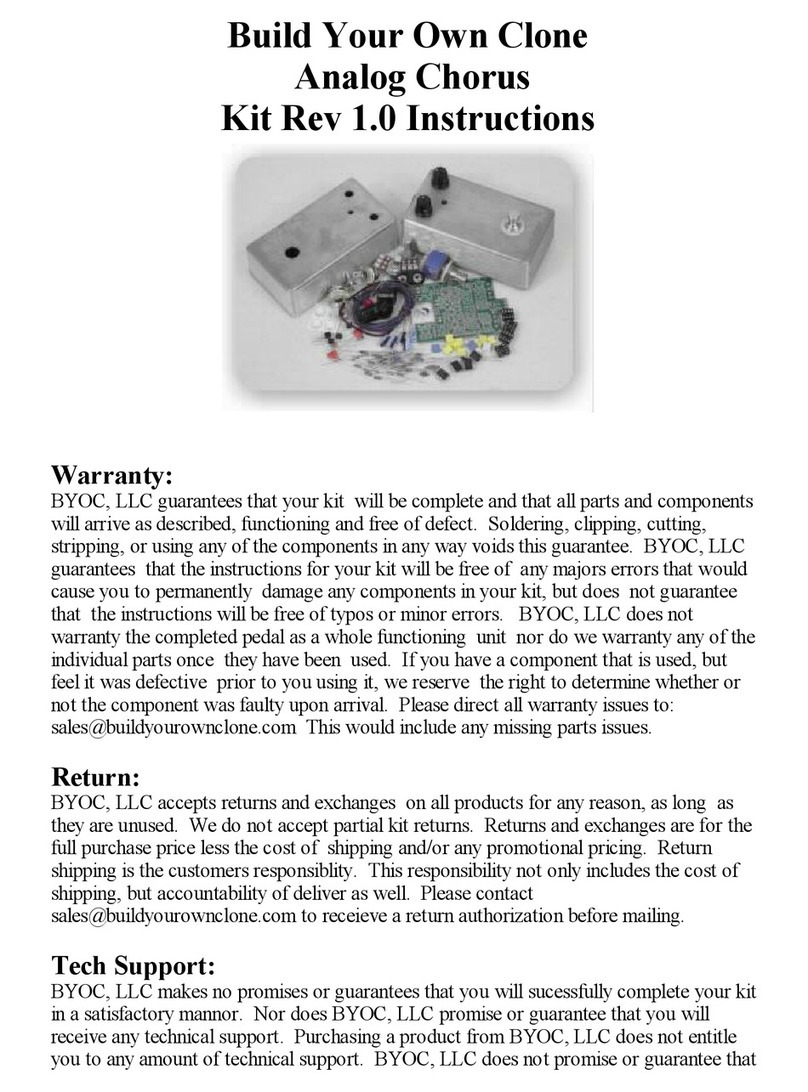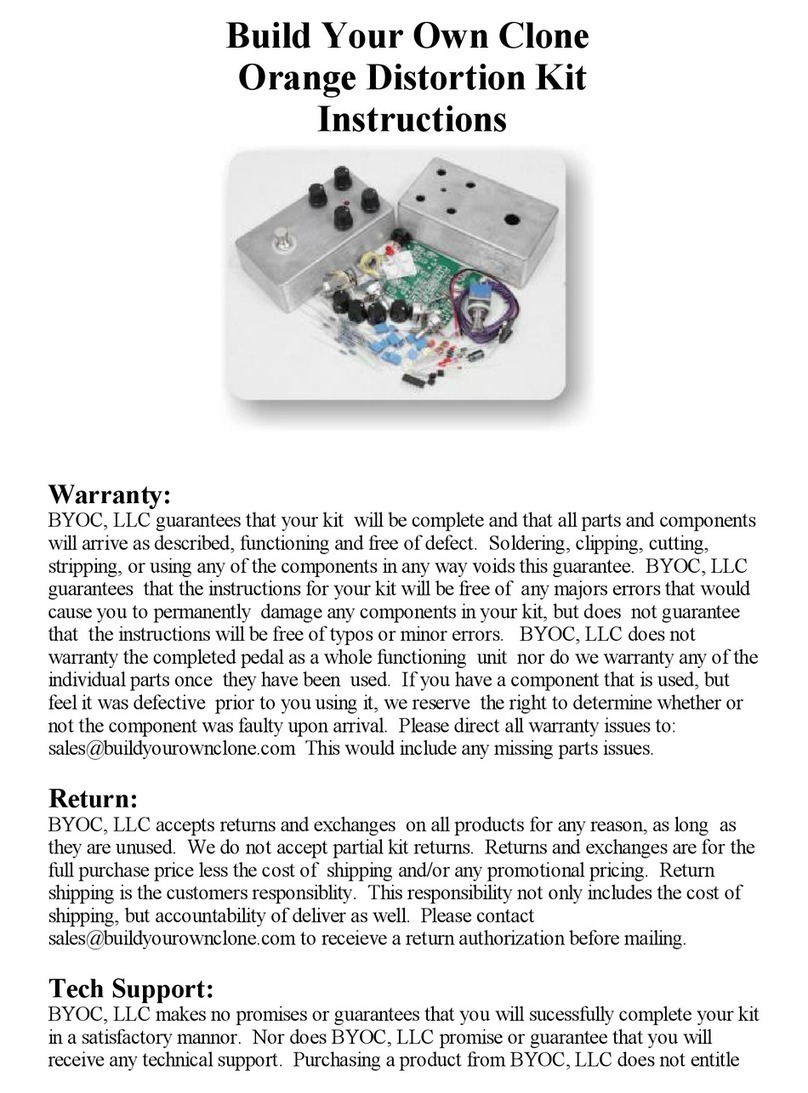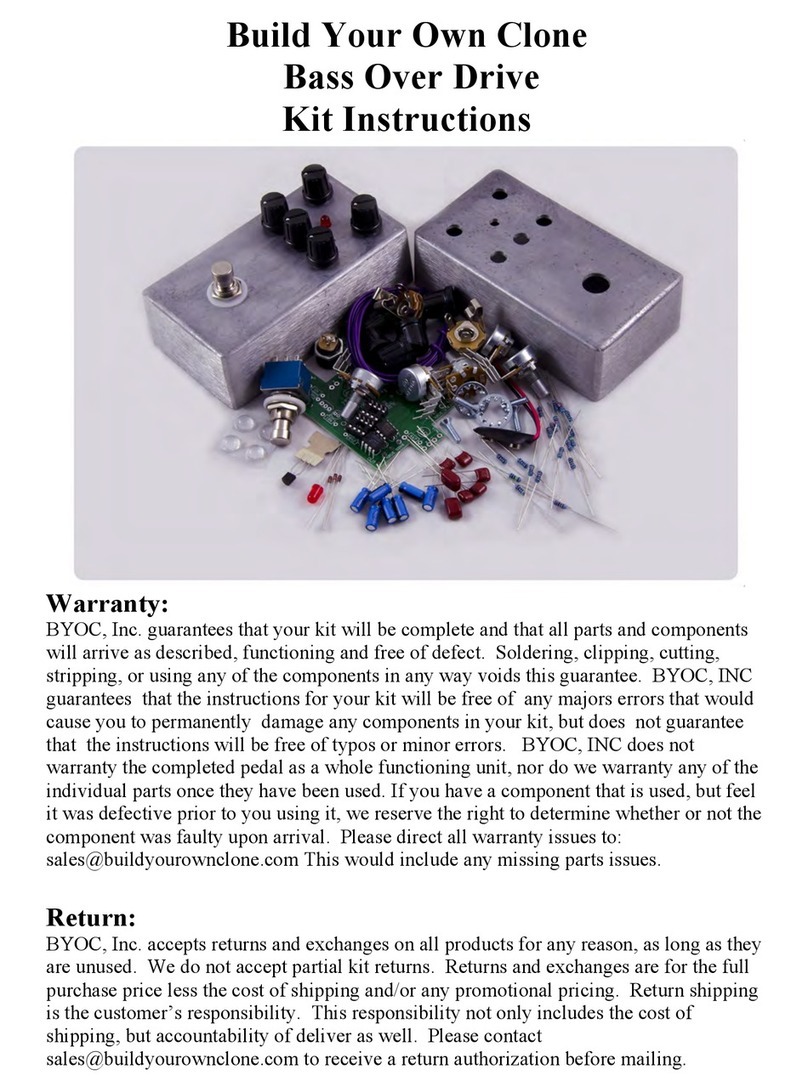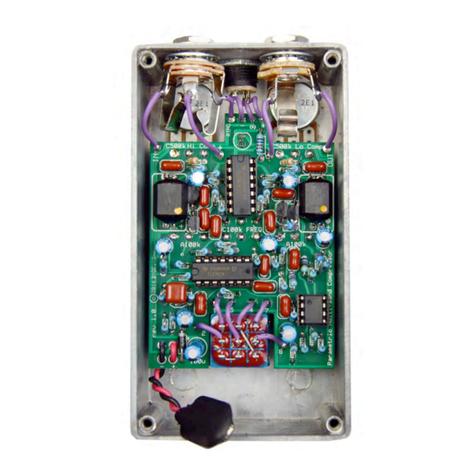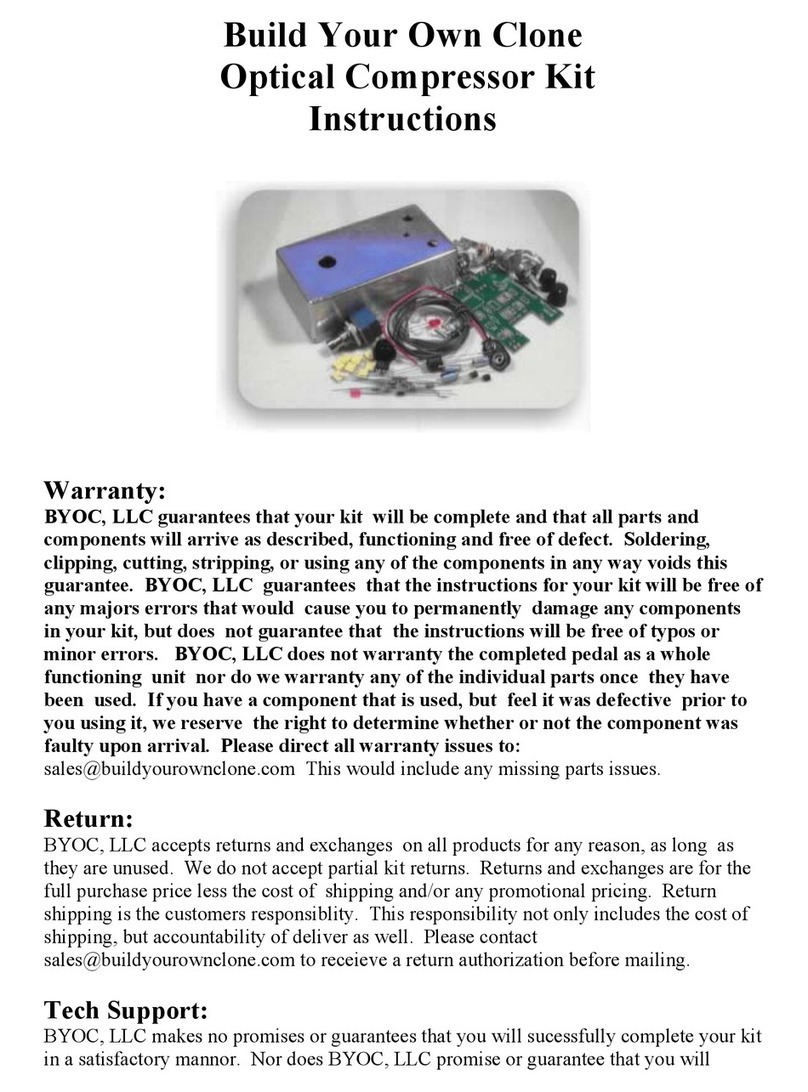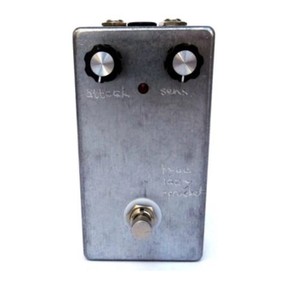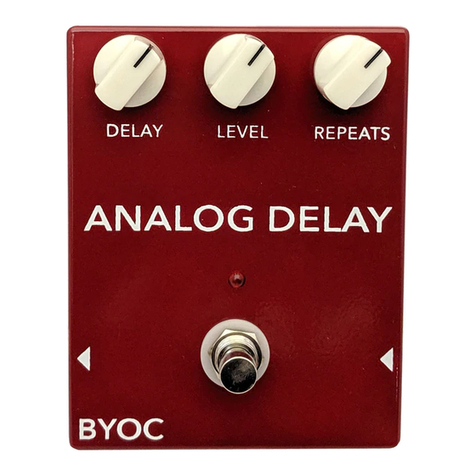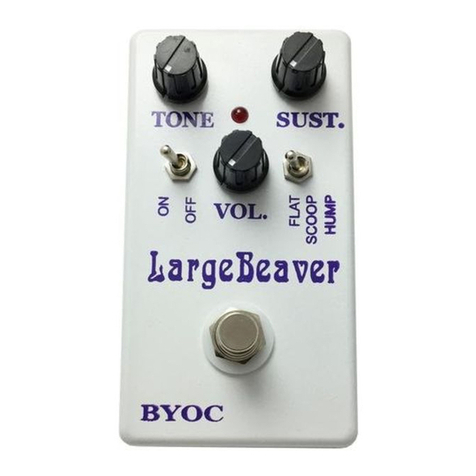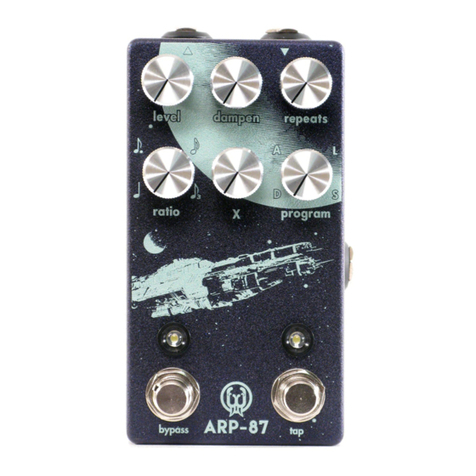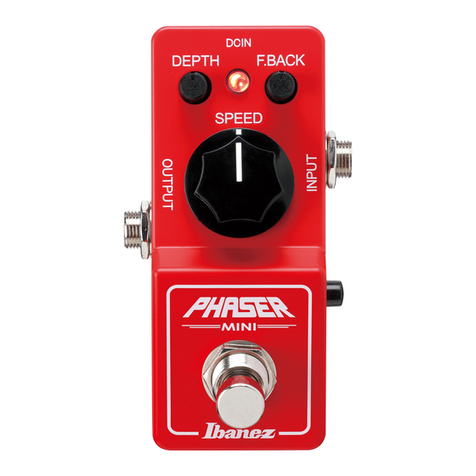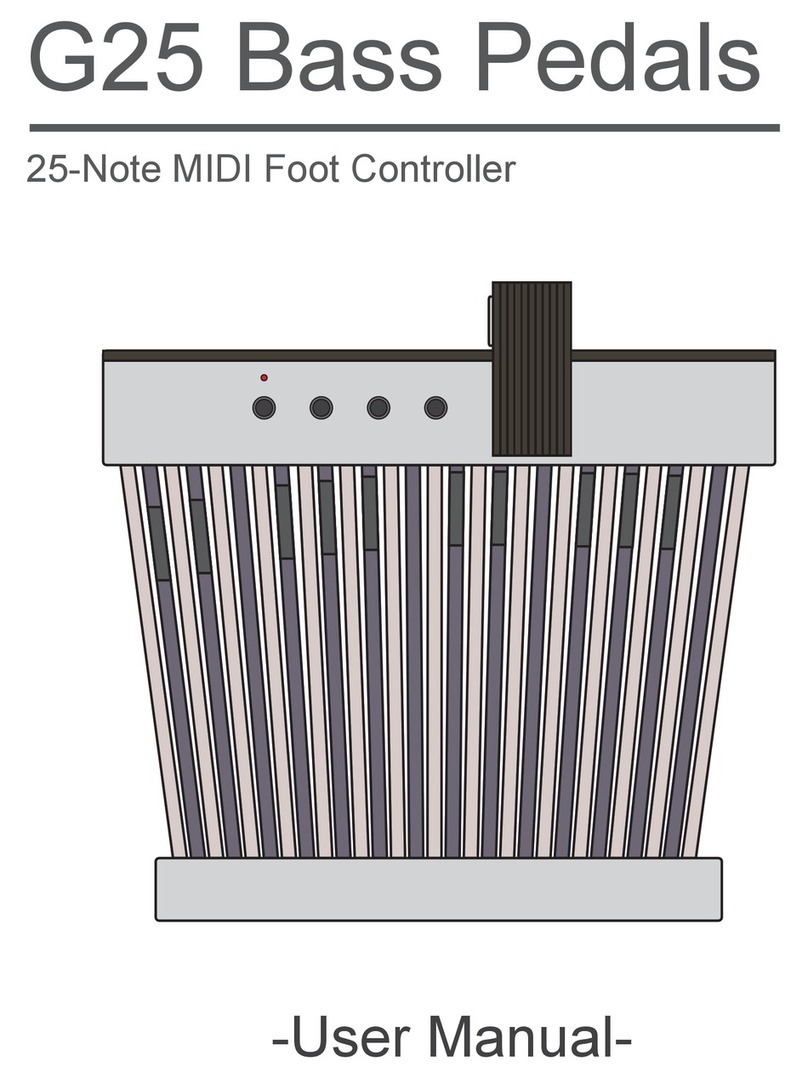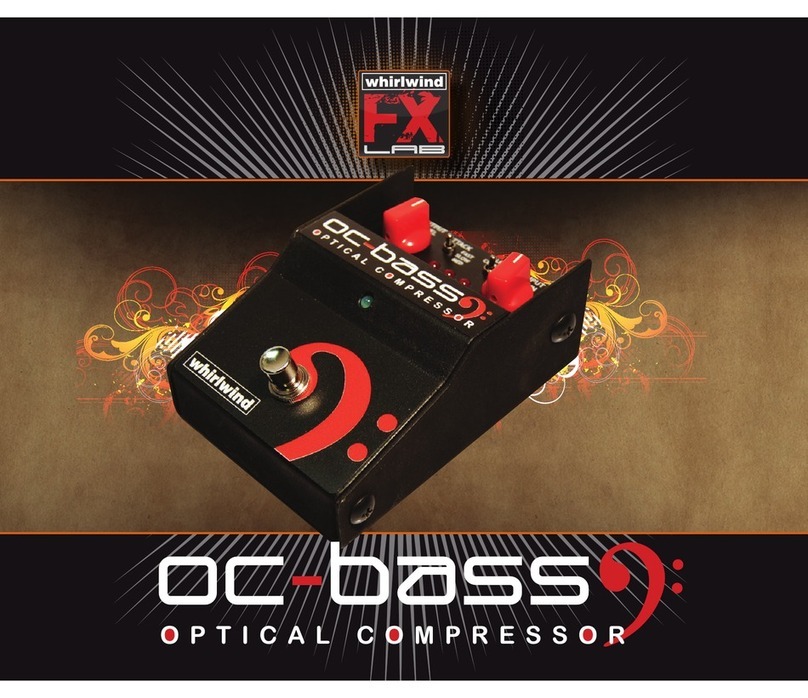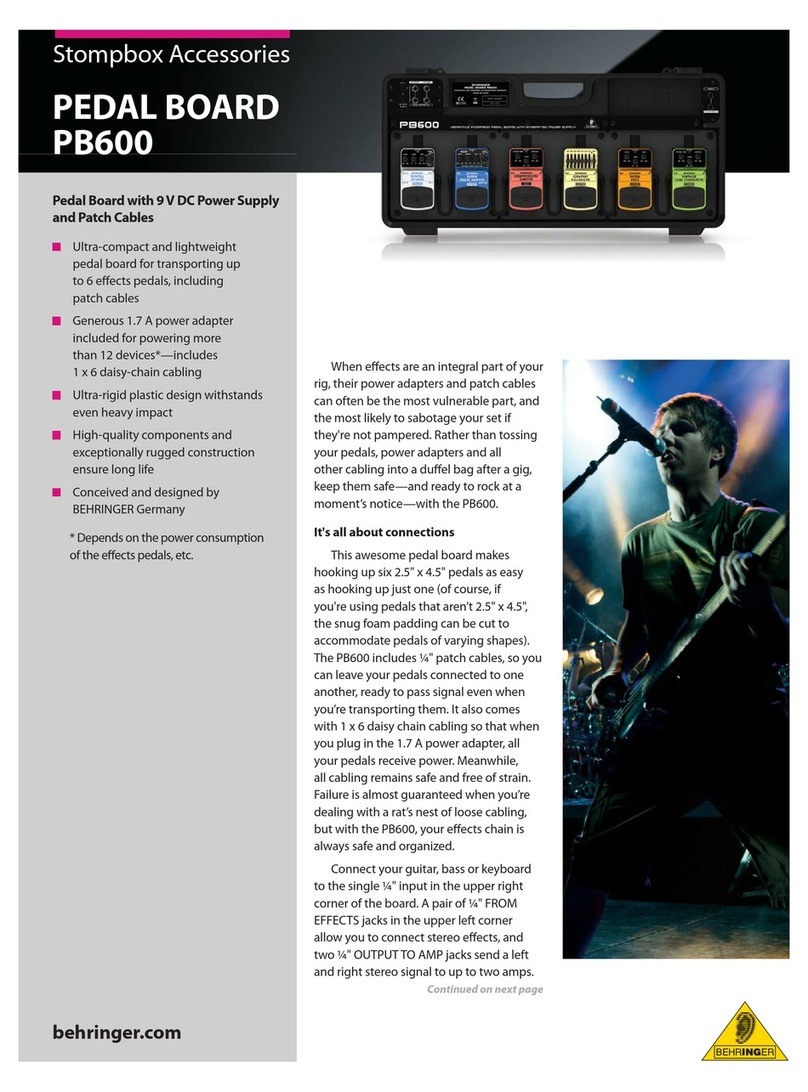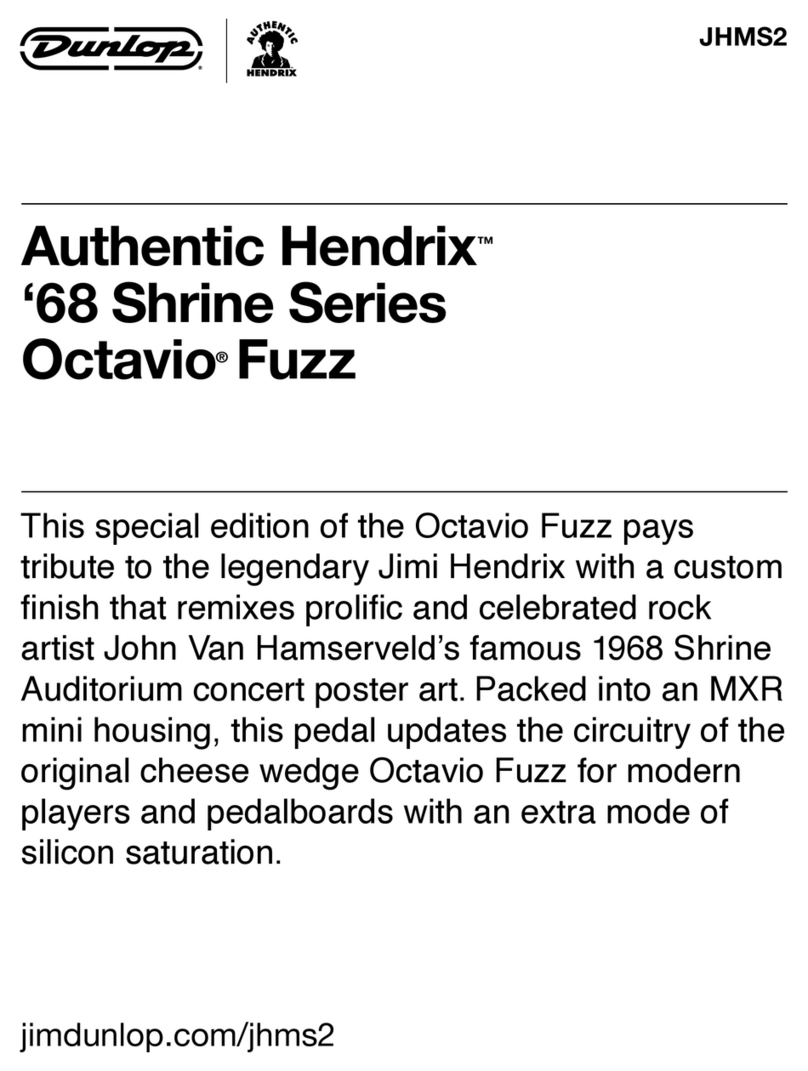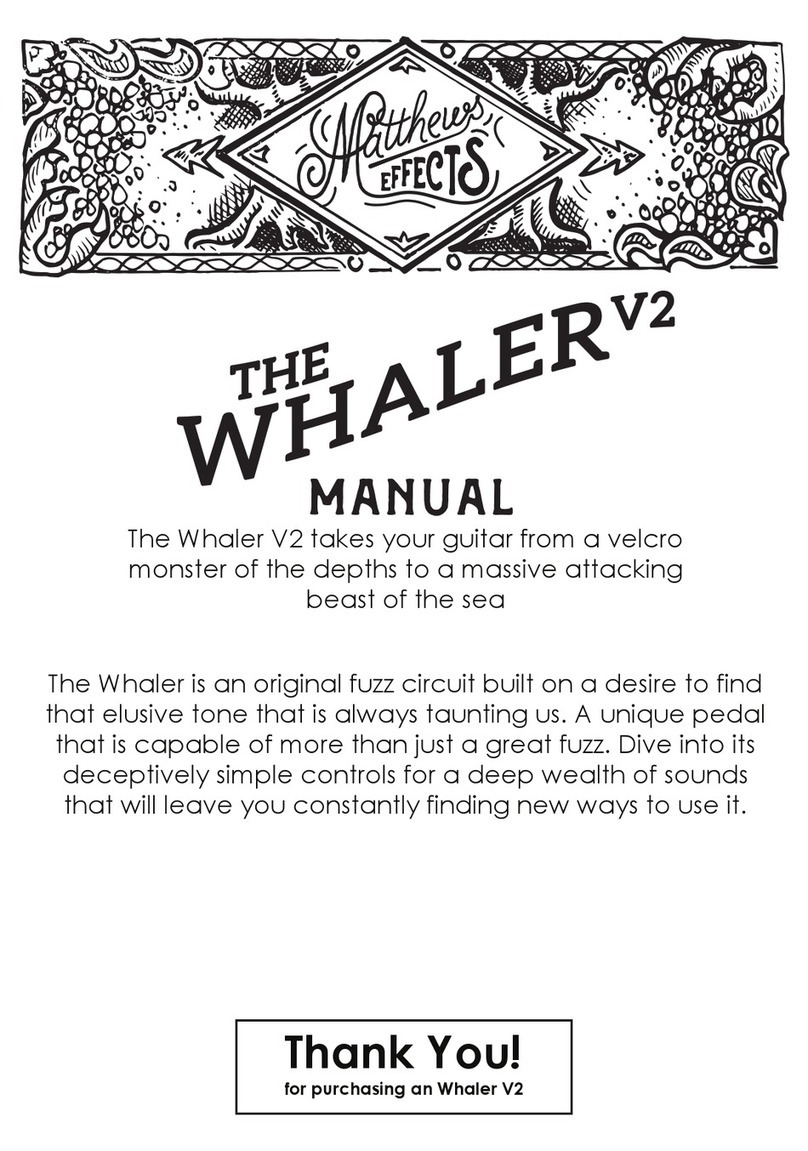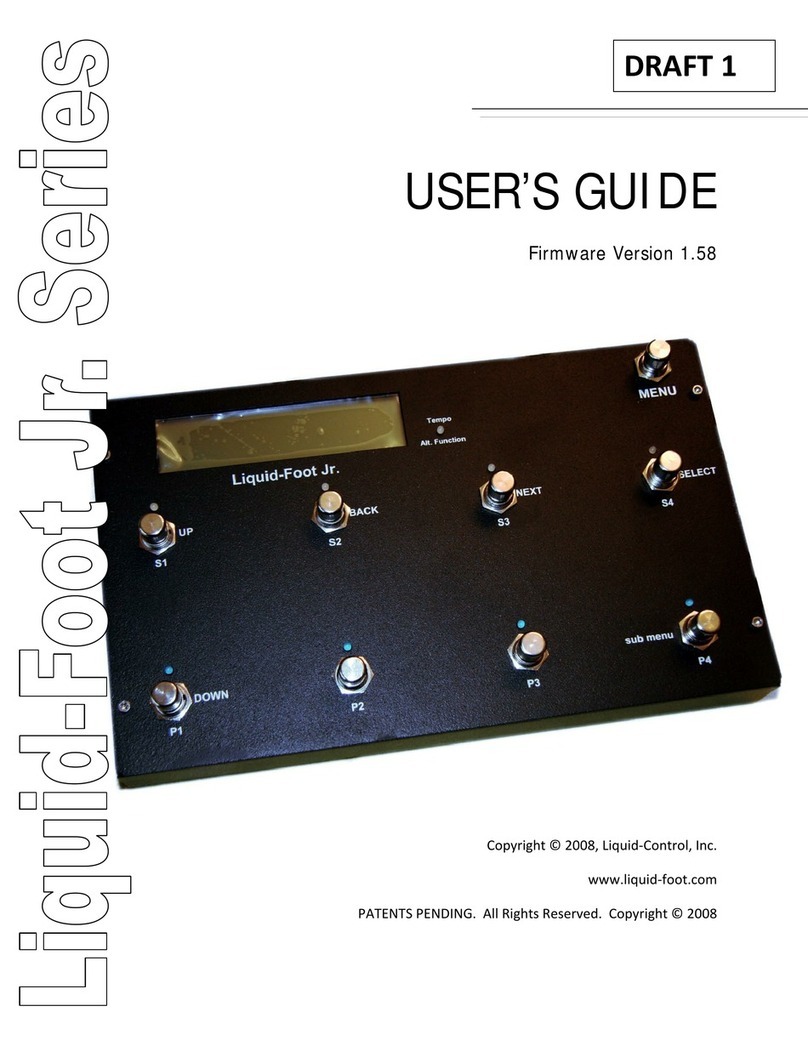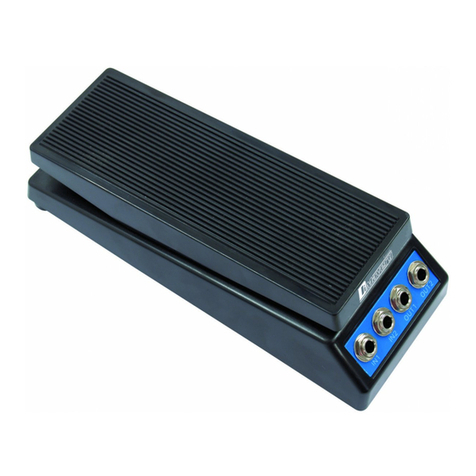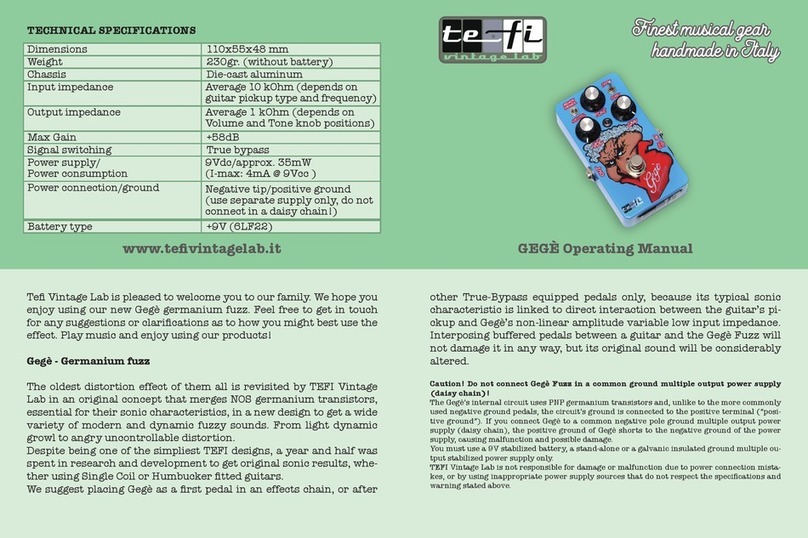
Parts Checklist for the Li’l Pony
Kit
Resistors: Metal Film Carbon Comp
1 - 560R/ 561 (Green/Blue/Black/Black/Brown) | (Green/Blue/Brown/Gold)
2 - 1k / 102 (Brown/Black/Black/Brown/Brown) | (Brown/Black/Red/Gold)
2 - 1k5/ 152 (Brown/Green/Black/Brown/Brown) | (Brown/Green/Red/Gold)
1 - 1k8 / 182 (Brown/Gray/Black/Brown/Brown) | (Brown/Gray/Red/Gold)
1 - 2k/ 202 (Red/Black//Black/Brown/Brown) | (Red/Black/Red/Gold)
2 - 4k7/ 472 (Yellow/Purple/Black/Brown/Brown) | (Yellow/Purple/Red/Gold)
1 - 5k1/ 512 (Green/Brown/Black/Brown/Brown) | (Green/Brown/Red/Gold)
2 - 10k/ 103 (Brown/Black/Black/Red/Brown) | (Brown/Black/Orange/Gold)
1 - 12k / 123 (Brown/Red/Black/Red/Brown) | (Brown/Red/Orange/Gold)
2 - 15k / 153 (Brown/Green/Black/Red/Brown) | (Brown/Green/Orange/Gold)
1 - 22k/ 223 (Red/Red/Black/Red/Brown) | (Red/Red/Orange/Gold)
1 - 27k/ 273 (Red/Purple/Black/Red/Brown) | (Red/Purple/Orange/Gold)
1 - 47k/ 473 (Yellow/Purple/Black/Red/Brown) | (Yellow/Purple/Orange/Gold)
2 - 100k/ 104 (Brown/Black/Black/Orange/Brown) | (Brown/Black/Yellow/Gold)
1 - 390k/ 394 (Orange/White/Black/Orange/Brown) | (Orange/White/Yellow/Gold)
1 - 422k/ 424 (Yellow/Red/Red/Orange/Brown)
2 - 1M/ 105 (Brown/Black/Black/Yellow/Brown) | (Brown/Black/Green/Gold
Visit www.byocelectronics.com/resistorcodes.pdf for more information on how to
differentiate resistors.
Capacitors:
1 - 390pf Ceramic Disc (may say “391” on the body)
1 - 820pf Ceramic Disc (may say “821” on the body)
1 - 2n2/.0022uf film cap (may say “222” on the body)
1 - 3n9/.0039uf film cap (may say “392” on the body)
1 - 27n/.027uf film cap (may say “273” on the body)
2 - 68n/.068uf film cap (may say “683” on the body)
1 - 82n/.082uf film cap (may say “823” on the body)
2 - 100n/.1uf film cap (may say “104” on the body)
1 - 390n/.39uf film cap (may say “394” on the body)
5 - 1uf Aluminum Electrolytic
1 - 4u7 Aluminum Electrolytic
1 - 47uf Aluminum Electrolytic
Visit www.byocelectronics.com/capcodes.pdf for more info on how to differentiate
capacitors.
Diodes:
2 - Germanium Diodes (clear glass body with black, blue, red, or green stripe)
